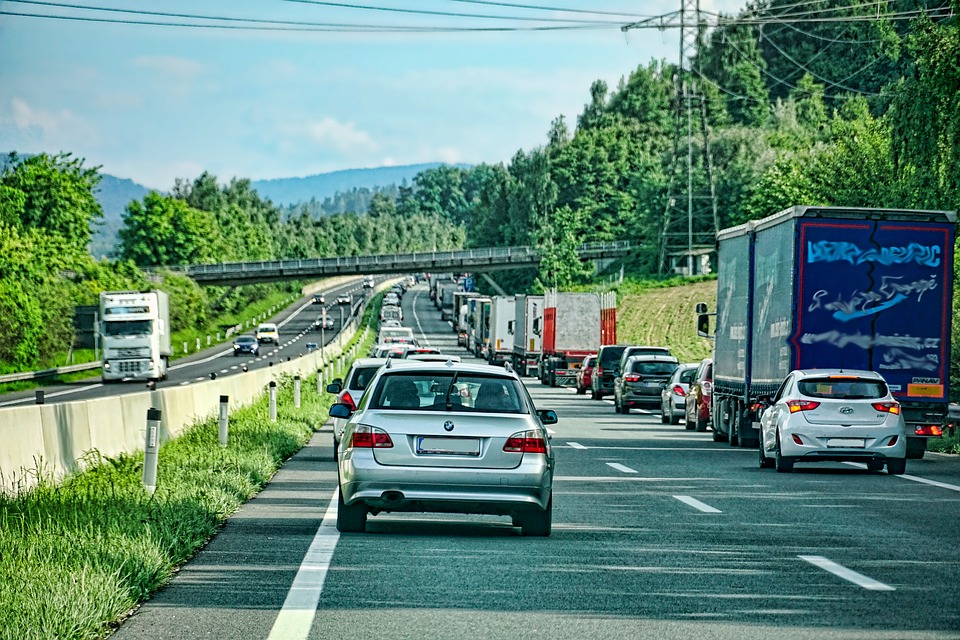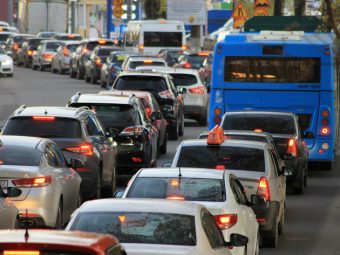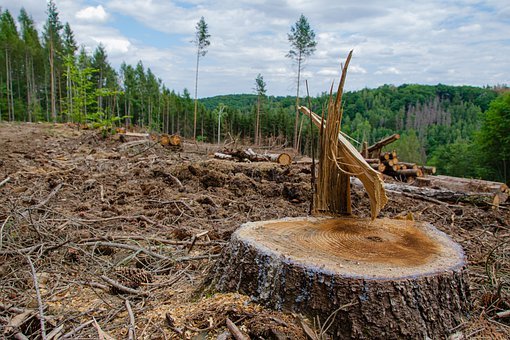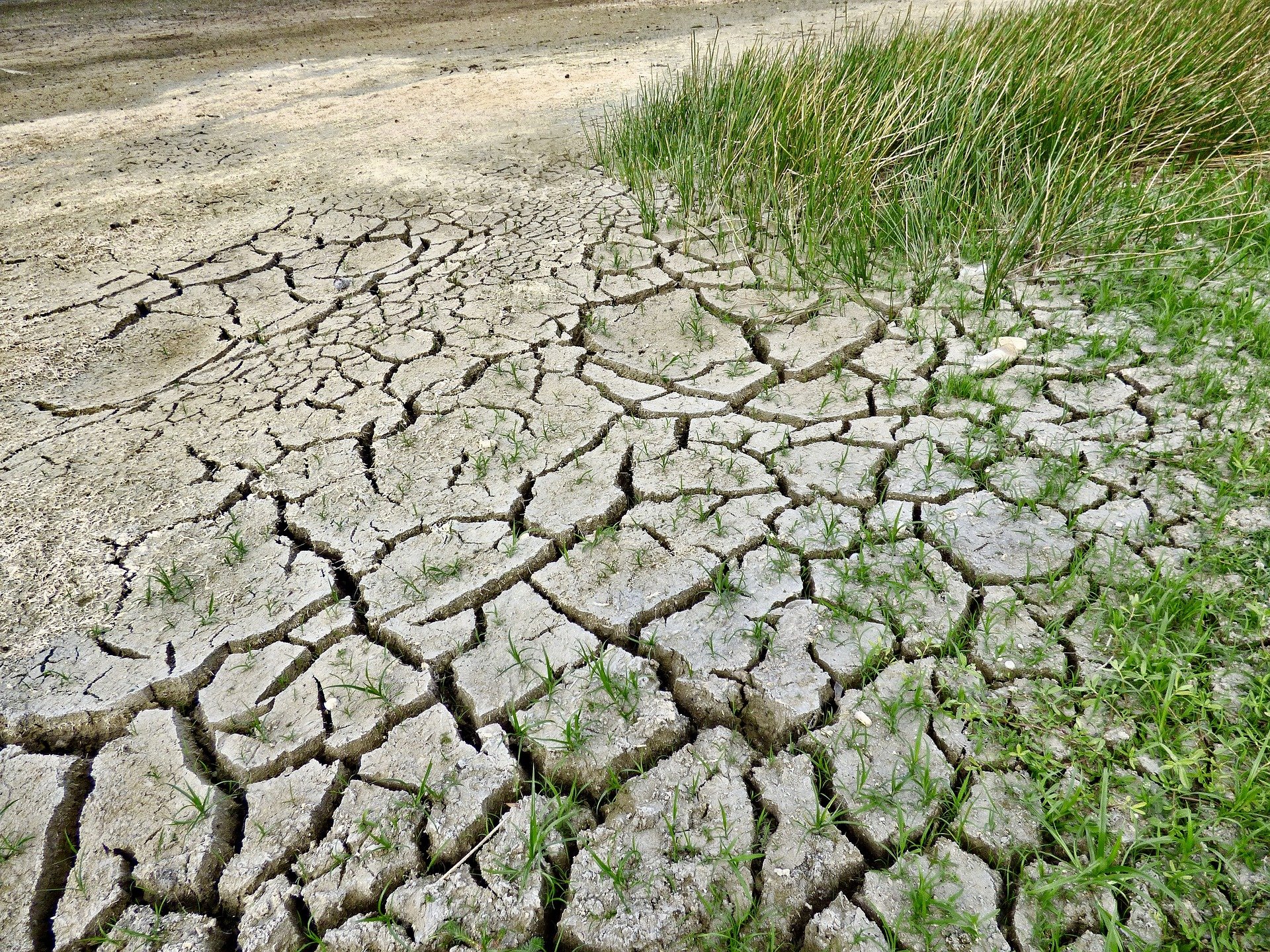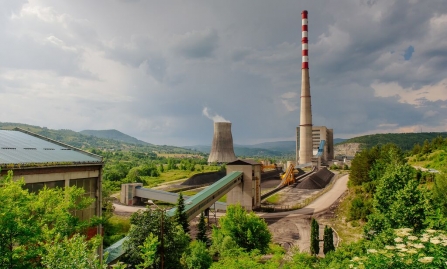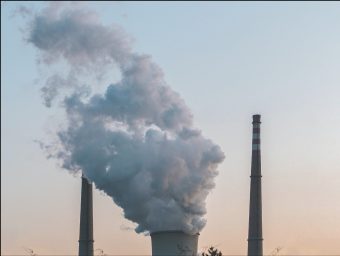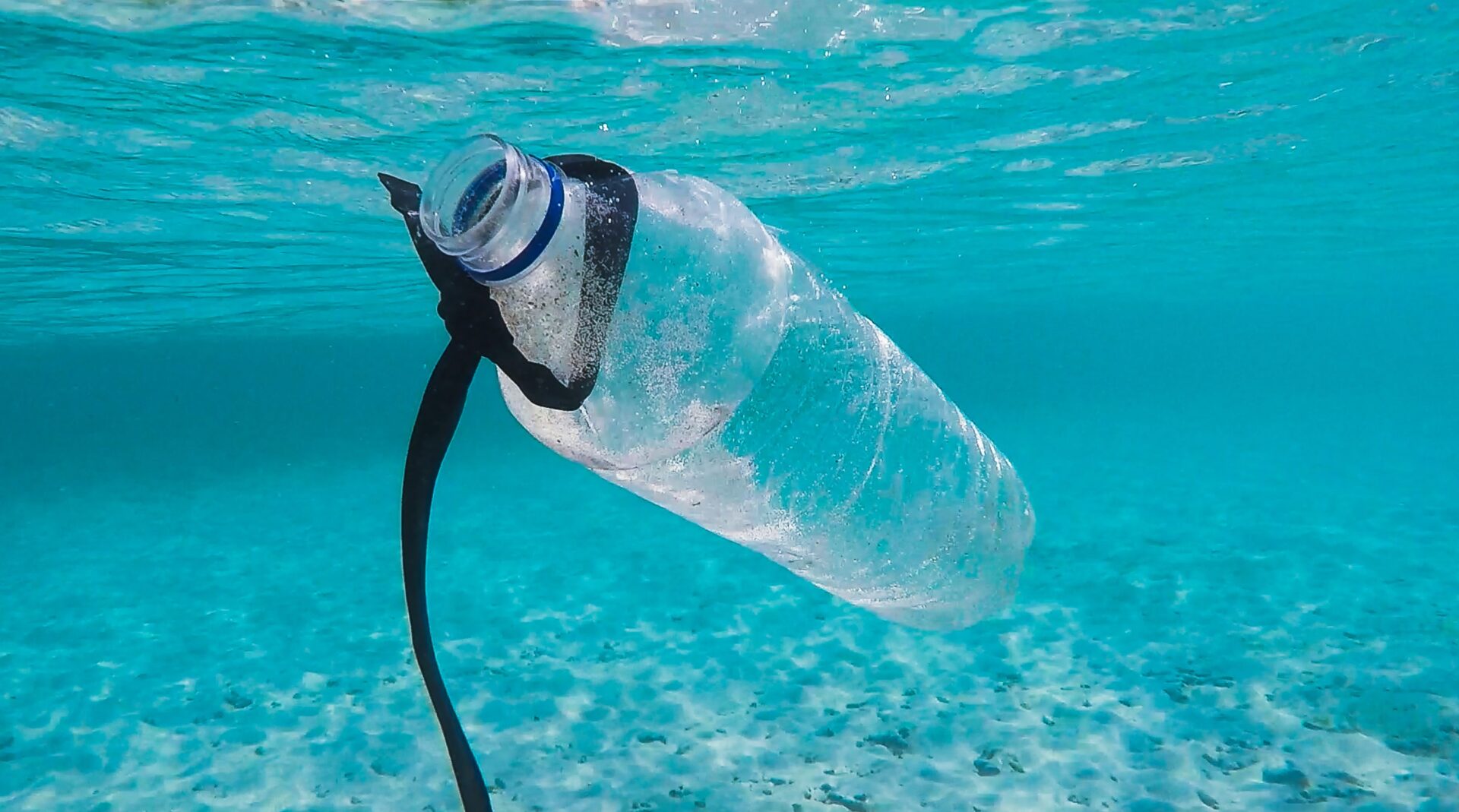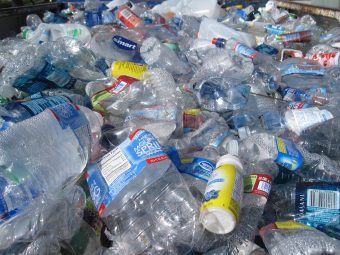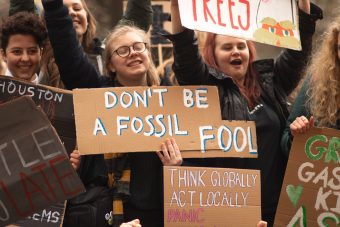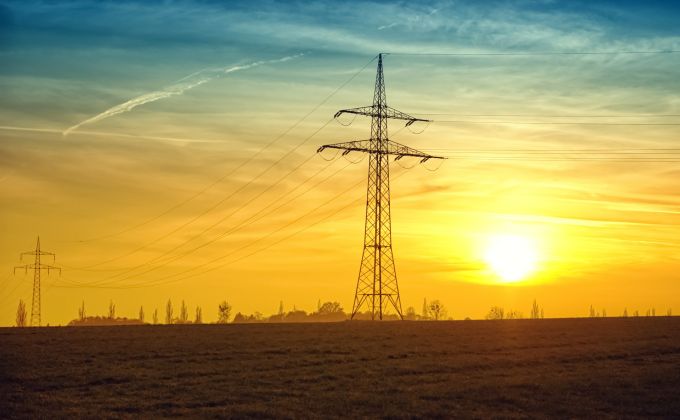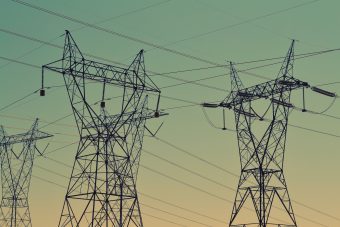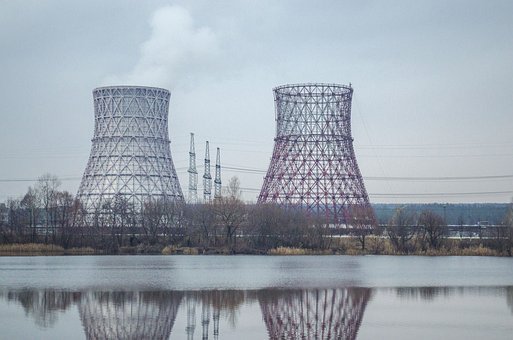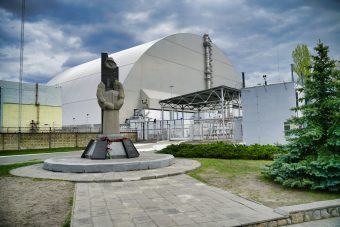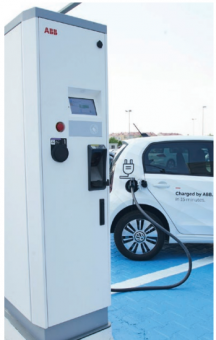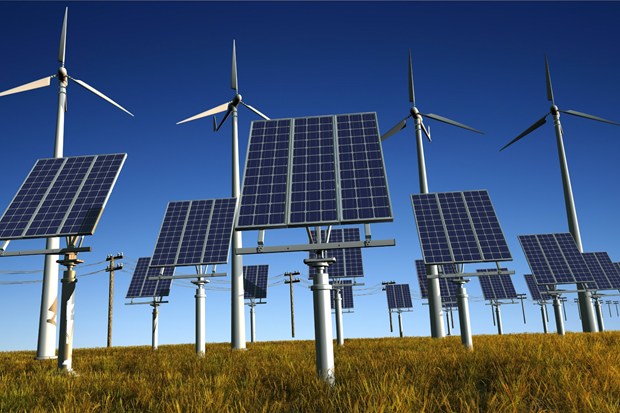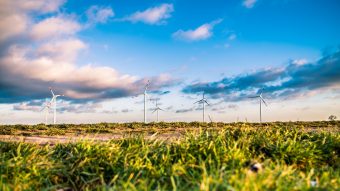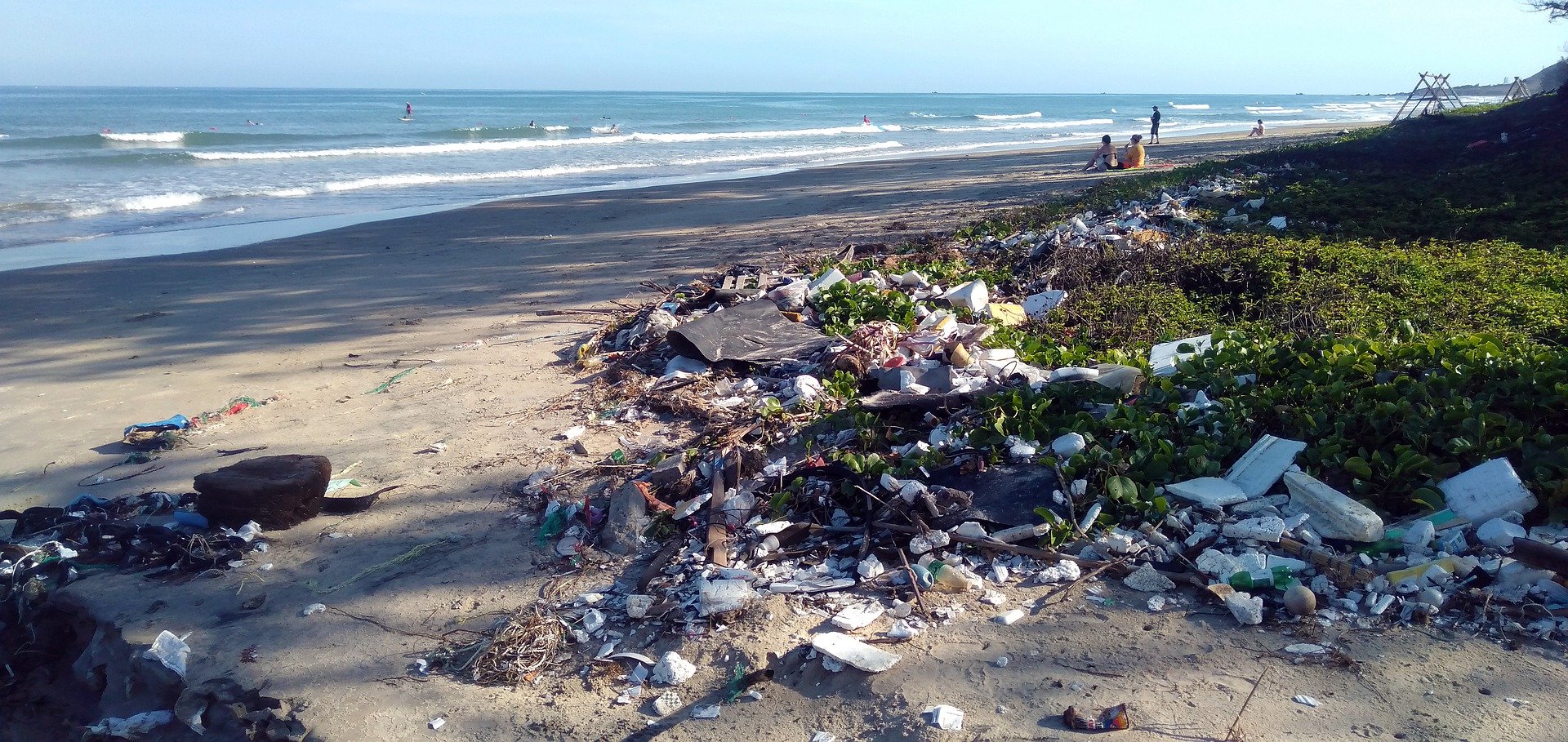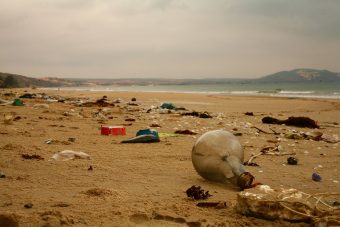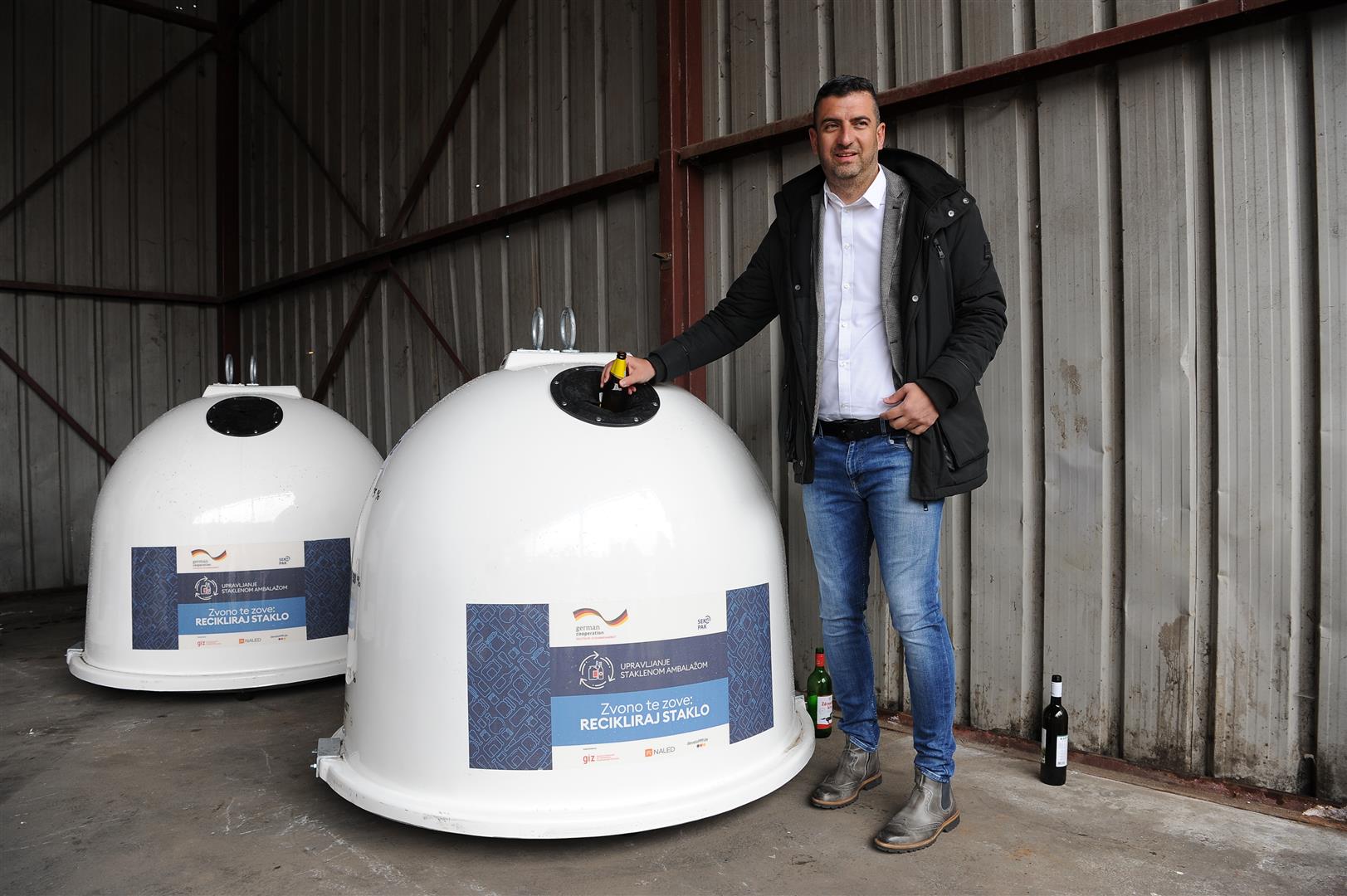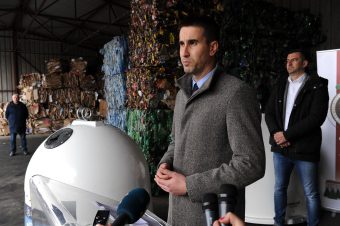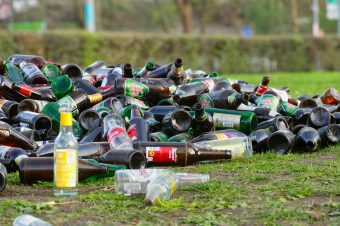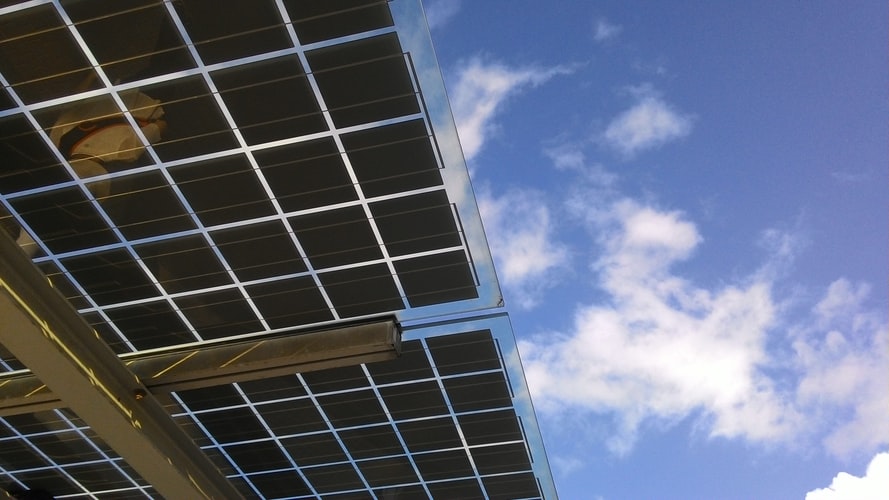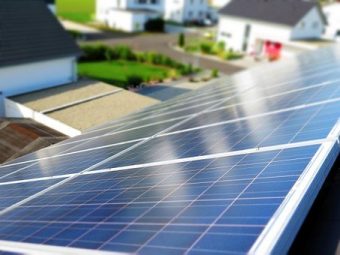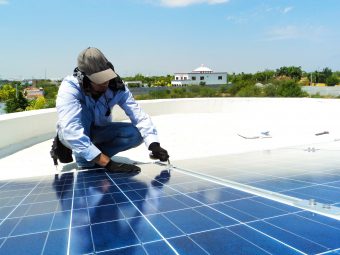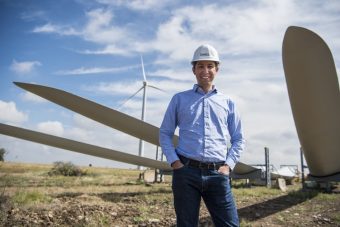
One film encouraged a married couple from Smederevska Palanka to change their business. It gave them the idea to step out of the hospitality industry into production based on the principles of the circular economy, in the very branch of production where there is no competition at all. This is a story about the NewPen company, an unusual story about pens and crayons that, as things stand, will be in the hands of children around the world.
Dragan Marković is a co-owner of the NewPen company, which creates stationery from recycled materials and old newspapers. His business beginnings are not at all reminiscent of the direction in which his career is currently moving. After ten years of working in the hospitality industry, he and his wife decided to dedicate the future to production.
“We did not want to start one of the businesses that there are too many on the Serbian market. We were waiting for the right idea to implement. One night we watched the movie ‘The Strange Life of Timothy Green’, and that was it! In the film, one of the main characters works in a pencil factory that is slowly shutting down. However, he comes up with the fantastic idea of making pencils from leaves instead of wood. It soon dawned on me that no one in our country produces pens. There used to be a Pencil Factory Zagreb (TOZ), but no one has been interested in this type of production since then. The question just came up: why not give it a try? That’s how we created Newspaper Pencils or NewPen for short”, explains Dragan.
In focus:
The first step involved analysis. Dragan researched what kind of machines and accompanying equipment are needed to make classic wooden pencils. During that research, he came across a story about pens from old newspapers and recycled paper in China. That was a crucial moment.

“The very idea of producing something new on the European market, with the added convenience of meeting environmental standards, was enough to start the process of procuring the equipment and raw materials needed to start the business. It took us more than a year to find a good supplier of machinery and graphite. The first samples we received from China discouraged us a little because the pens were wrapped in cellophane, which would automatically mean that the product is not 100 per cent environmentally friendly. However, through daily conversations, we managed to reach a solution that would meet our criteria”, Dragan remembers the beginnings and adds that one company sent them quality testing of laboratory products and laboratory tests of their products together with the necessary certificates – such as EN71 (European standard for the safety of toys, because crayons belong to toys) and REACH (European Regulation on Registration, Evaluation, Authorization and Restriction of Chemicals) which are required both in our country and the countries of the European Union for the safety of being an organic product.
When asked how their company differs from others in this branch, Dragan said they are the only ones who produce graphite pencils and crayons in Serbia. Everyone else imports them.
“When you see pens made of old newspapers and recycled paper, you know that they are our products because no company in Europe produces them. This way of producing pencils and crayons puts the protection of the environment in the forefront by preserving forests (no wood is used, no trees are cut down, which slows down the global warming process and no waste is created), recycling material (recycled material is used in the production process) and re-using recycled newsprint, which is now re-used in pencil”, Dragan introduces us to the applied principles of circular economy and points out that each pen is handmade.
Interview by: Jovana Canic
Read the whole interview in the new issue of the Energy portal Magazine SMART CITIES, december 2020 – february 2021.



